Blog Articles
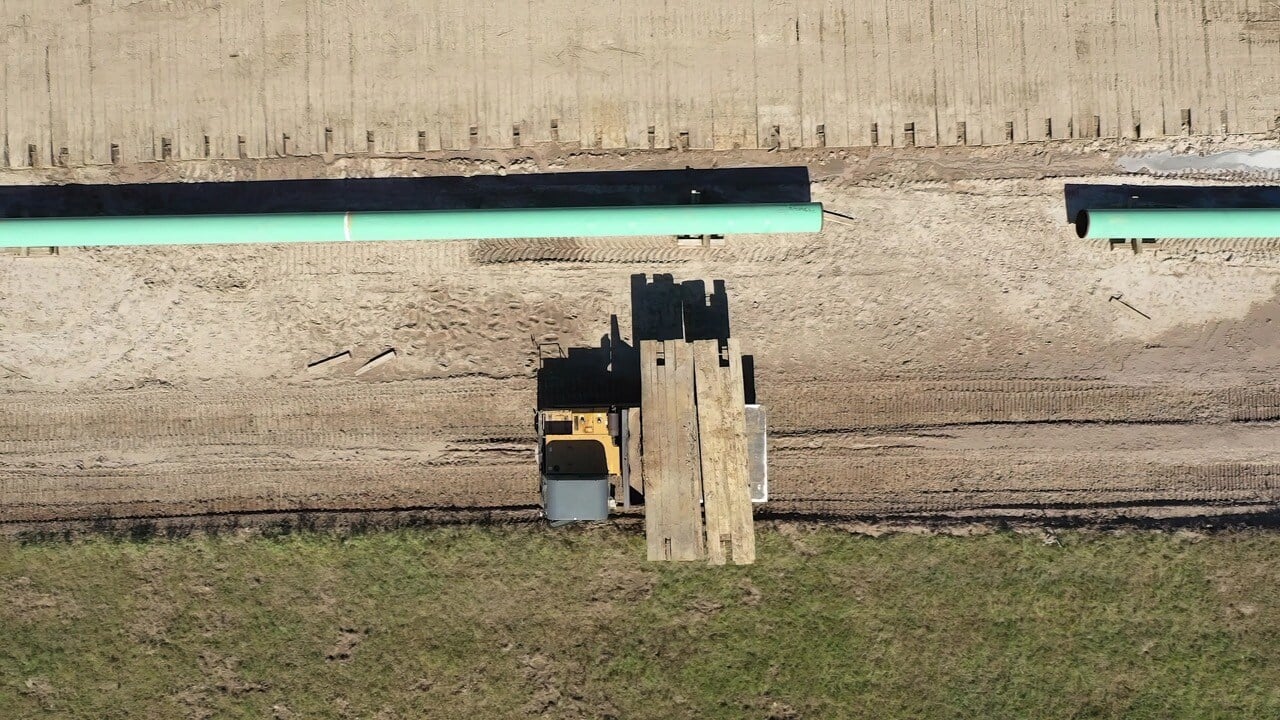 READ MOREAccess Solutions The YAK ACCESS TEAM
READ MOREAccess Solutions The YAK ACCESS TEAMChoosing The Right Ground Protection Mats Using A Custom Project Solution
There are a lot of situations where the copy/paste approach is the right way to…
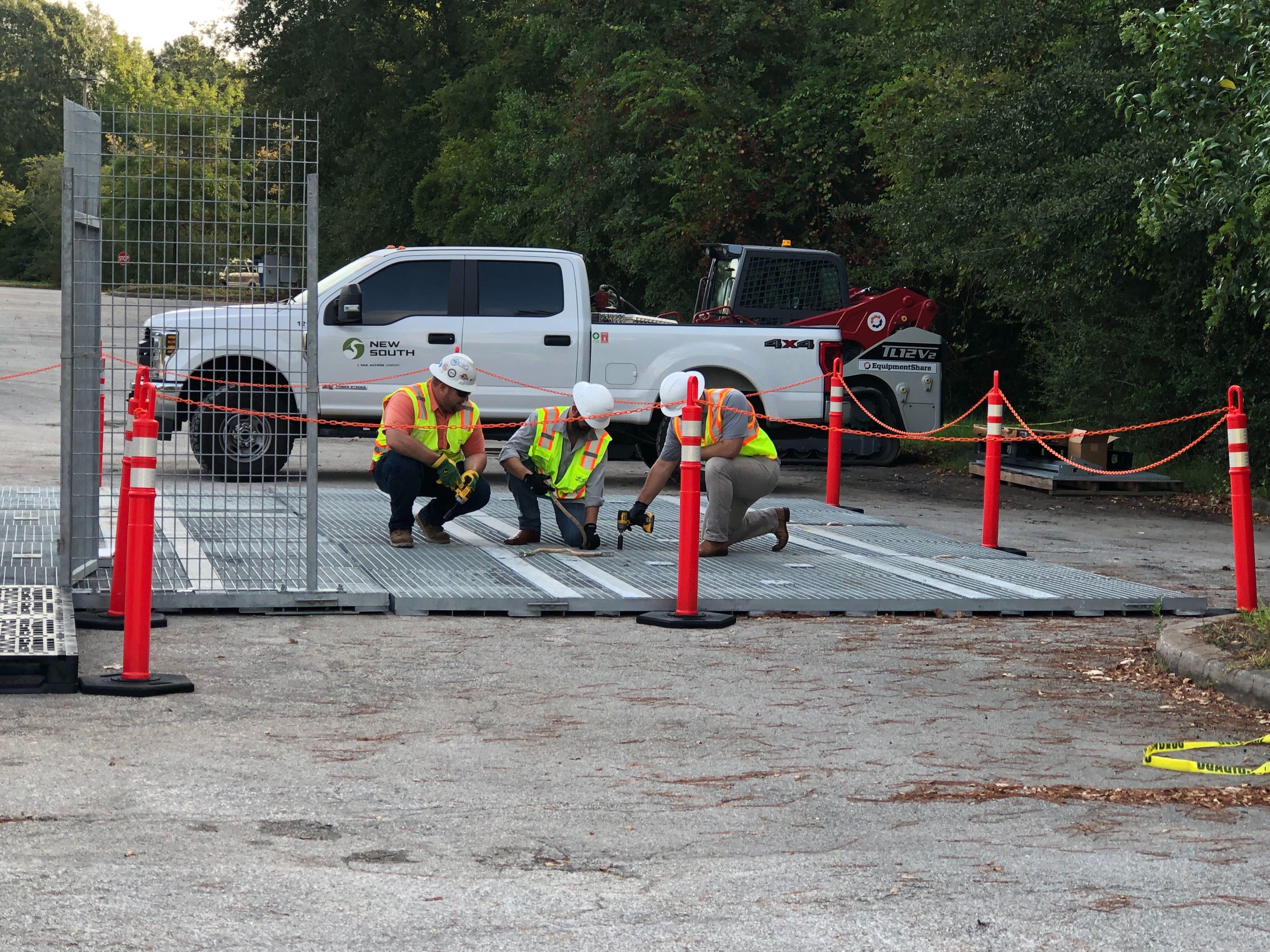 READ MORESafety Management The YAK ACCESS TEAM
READ MORESafety Management The YAK ACCESS TEAMStep Up Your Safety Game: The Critical Role of Safestep™ EPZ Grounding Grates in Powerline Safety
When it comes to the safety of your construction crew, ensuring that the right safeguards…
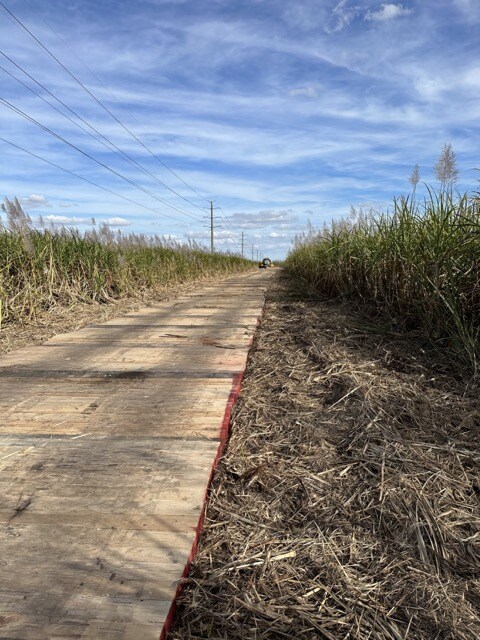 READ MOREAccess Roads The YAK ACCESS TEAM
READ MOREAccess Roads The YAK ACCESS TEAMMaximizing Efficiency: How Customized Temporary Access Roads Revolutionize Construction Projects
When a project of any type requires you to traverse an area where no road…
 READ MOREConstruction Services The YAK ACCESS TEAM
READ MOREConstruction Services The YAK ACCESS TEAM5 Reasons Why Crane Mats Are the Right Solution for Your Next Construction Project
Safely working with heavy equipment depends on a number of factors. In addition to trained…
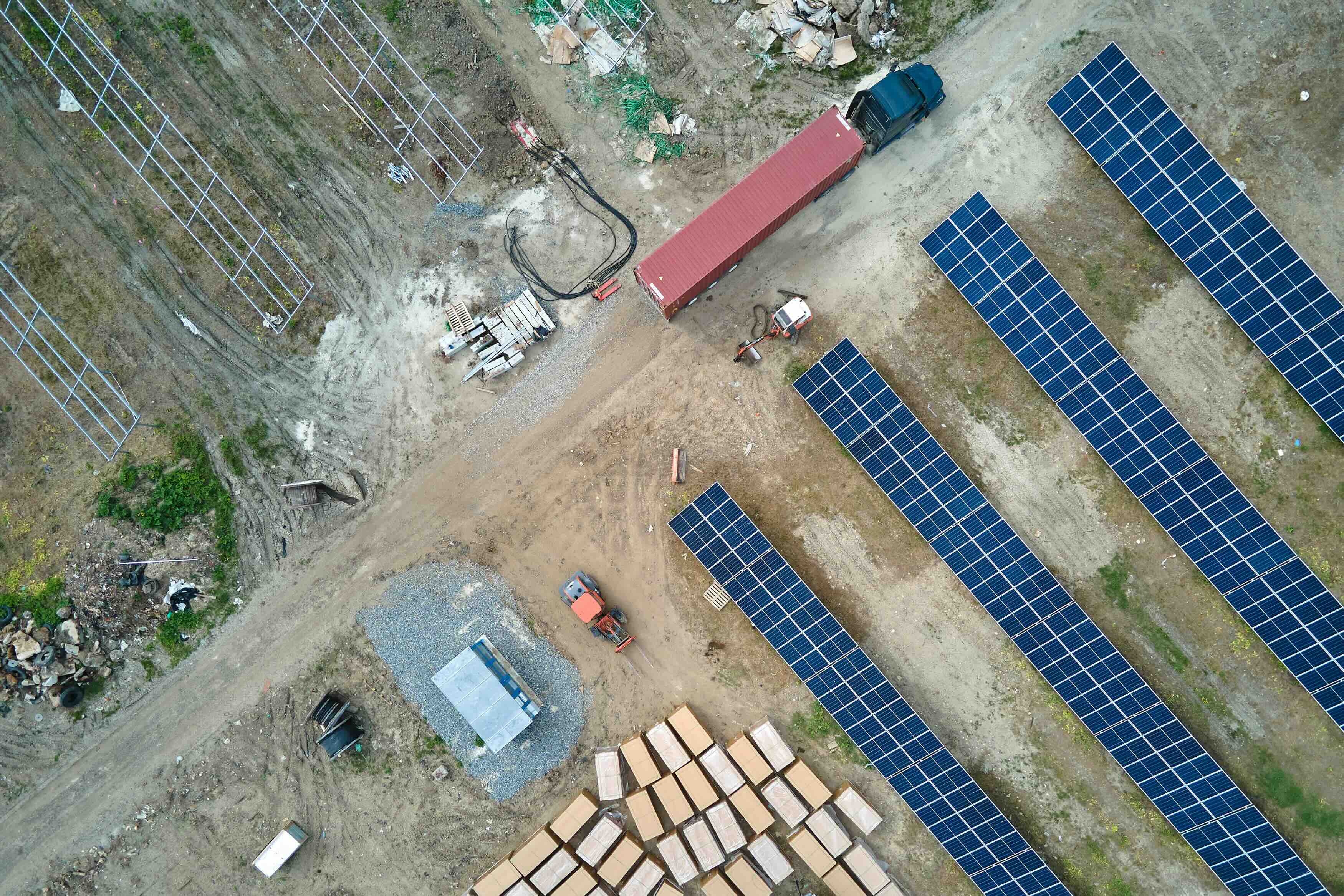 READ MOREAccess Solutions The YAK ACCESS TEAM
READ MOREAccess Solutions The YAK ACCESS TEAMSecuring Tomorrow's Energy Today: Tips for Streamlined Construction Access to Solar Farms
A commitment to sustainable energy has been a steadily growing trend for quite some time.…
 READ MOREConstruction Project Management The YAK ACCESS TEAM
READ MOREConstruction Project Management The YAK ACCESS TEAMSite Access Planning: 5 Essential Tips for Construction Project Managers
Site access planning is not the most glamorous component of being a construction project manager,…
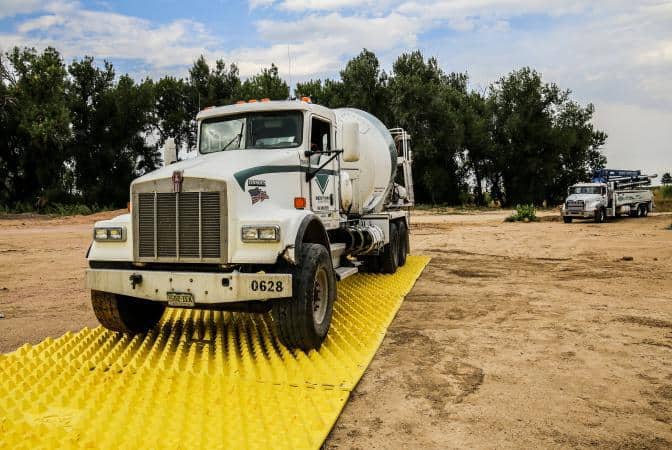 READ MOREYAK MAT The YAK ACCESS TEAM
READ MOREYAK MAT The YAK ACCESS TEAMKeeping Project Sites Clean Using Track Out Mats
There’s no doubt about it: construction sites of all kinds can get messy, and limiting…
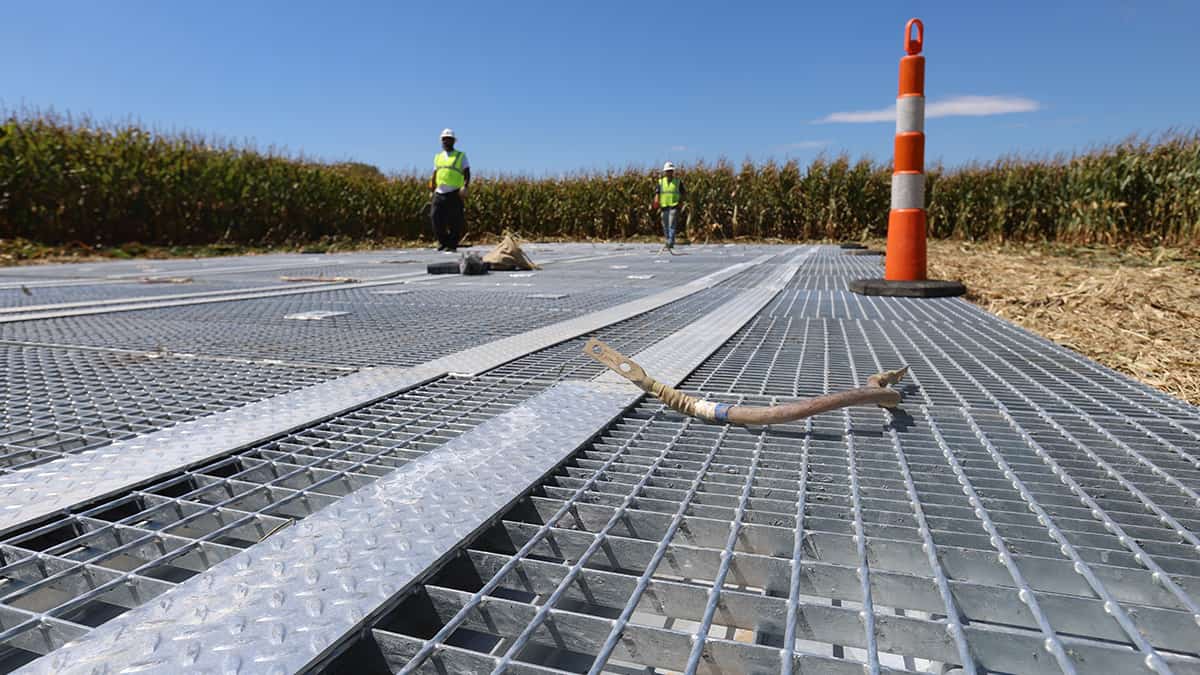 READ MORESafety Management The YAK ACCESS TEAM
READ MORESafety Management The YAK ACCESS TEAMIs Your Workplace Grounded for Safety? How to Protect Against Hazardous Energy Using SAFESTEP™ EPZ Grounding Grates
Working on power lines, constructing and upgrading substations, and building new transmission lines comes with…
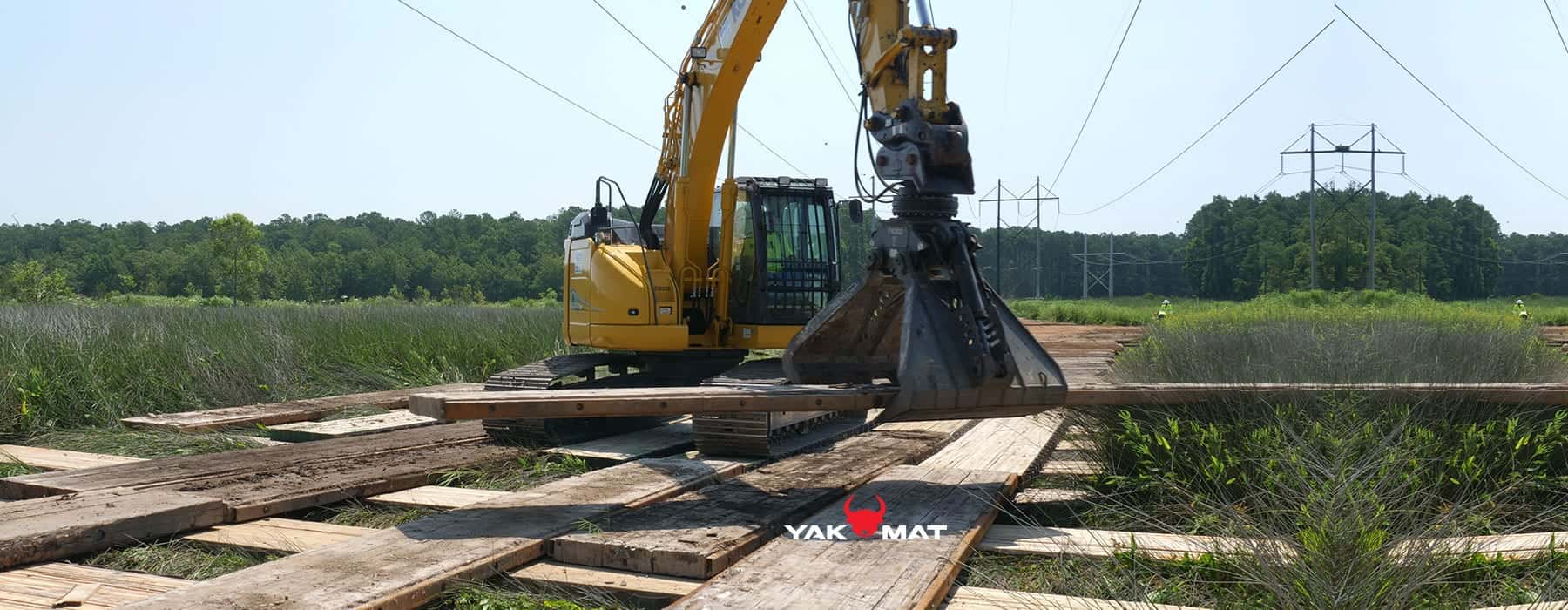 READ MOREThe YAK ACCESS TEAM
READ MOREThe YAK ACCESS TEAMHOW TO TRANSPORT CONSTRUCTION VEHICLES THROUGH A SWAMP
Construction is challenging enough without dealing with difficult terrain. Crews often have to tame the…
SIGN UP FOR THE YAK MAT NEWSLETTER.
Want to stay connected to YAK MAT? Our newsletter features the latest updates and developments from our team.